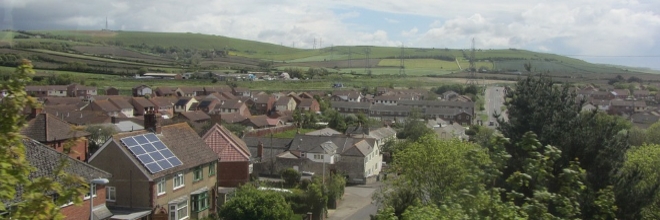T: 01822 851370 E: [email protected]
Visit RSN Survey about life in rural England to find out more.
Why power cuts left people unable to phone for help
The BBC detail how power cuts caused by Storm Arwen have highlighted a potentially lethal problem in the home phone network's digital transformation.
Traditional landlines are being phased out in favour of broadband-enabled phones reliant on electricity.
The recent storm caused hundreds of thousands of households across northern England lost power, people in remote areas without a mobile reception were left unable to call for help.
"There was no way of getting hold of anybody," says 74-year-old Jim Bownass, who lives in the small village of Crosthwaite, near Kendal, in the Lake District.
When Storm Arwen took out his electricity on 26 November he was left with "no communication with the outside world whatsoever". No way of calling for an ambulance, no way of asking for less urgent help and no way of talking to his power company.
His 84-year-old neighbour was in the same quandary: "Her phone is exactly the same as mine, one of the new digital phones from BT, and nothing worked."
Under the old landline system - the Public Switched Telephone Network (PSTN) - home phones still function in a power cut (unless the lines themselves come down) because the exchange has back-up power which feeds to the phone through the line itself.
But this system is being switched off in 2025 and BT Openreach, which manages the UK's phone and internet network, has already begun moving people over to Voice Over Internet Protocol (VOIP) connections, which work through broadband.
But Storm Arwen has highlighted a number of problems with the new technology, and its rollout:
- First, it does not work without power.
- Second, it does not work if the broadband connection fails.
- Third, guidance that people use mobile phones as back-up is redundant where reception is non-existent (which make rural areas who have very weak or no mobile coverage particularly vulnerable)
- Fourth, even where mobile reception is reliable, severe storms can damage masts or knock out their power supply.
In addition, charging a mobile phone during a power cut poses a challenge.
Full article:
The BBC - Storm Arwen: Why power cuts left people unable to phone for help




